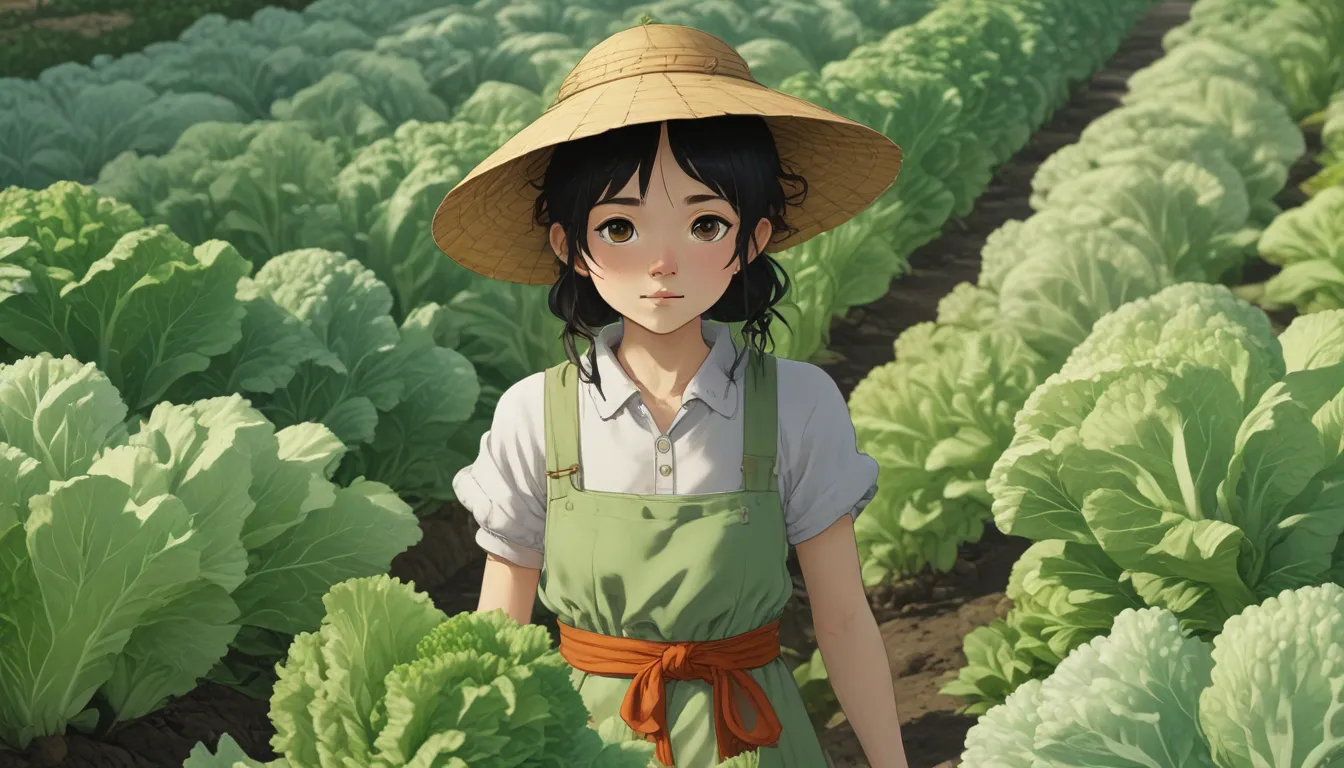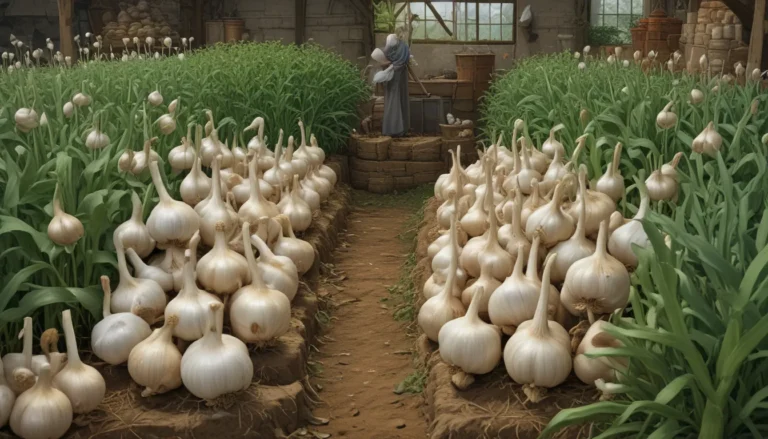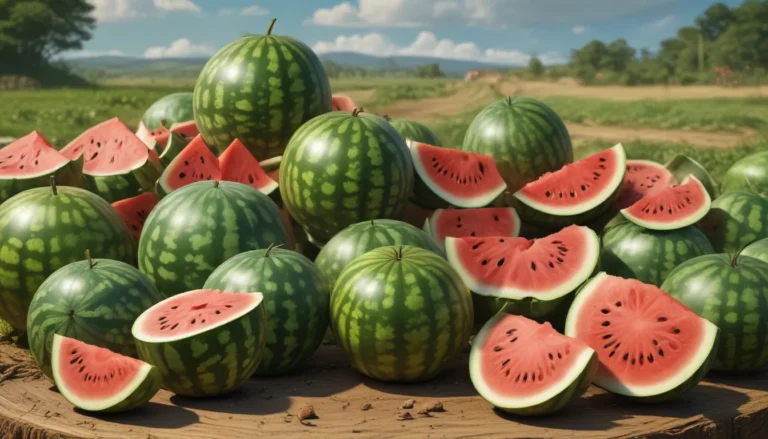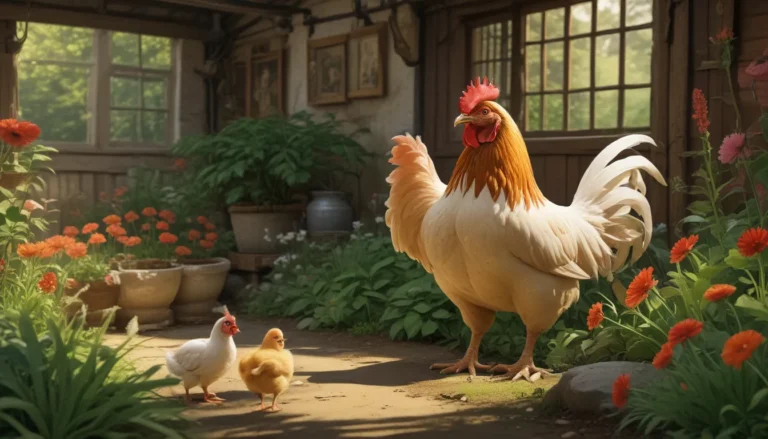The Complete Guide to Planting and Growing Napa (Chinese) Cabbage

It’s time to dive into the wonderful world of napa cabbage. Also known as Chinese cabbage, this leafy green veggie is a versatile addition to your garden. Perfect for growing in chilly weather, napa cabbage is an essential ingredient for dishes like kimchi. In this detailed guide, we’ll explore everything you need to know to plant and grow this delicious plant successfully.
All About Napa Cabbage
Napa cabbage, scientifically known as Brassica rapa subsp. pekinensis, is a biennial plant that behaves as an annual in the garden. Originating in eastern Asia, it has been a staple vegetable in Asian cuisine for centuries. This leafy green veggie is a bit milder compared to traditional green cabbage, making it a unique addition to your meals.
The plant typically grows up to two feet tall and 18 inches wide, depending on the cultivar. There are two main types of Chinese cabbage: loose leaf and heading varieties. Loose leaf varieties like ‘Chirimen Hakusai’ offer more flexibility in harvesting, while heading types like ‘Green Rocket’ are ideal for growing large, compact heads.
Cultivation and History
The cultivation of napa cabbage dates back to the 15th century. Originally grown in eastern Asia, it made its way to Europe in the 1700s. However, napa cabbage has only recently gained popularity in grocery stores in the US and Europe. This veggie thrives in a variety of climates and can be harvested at different times of the year.
Propagation
Napa cabbage can be easily propagated from seeds or transplants. If planting from seeds, sow them in the garden after the last frost date in spring. For a fall harvest, start seeds indoors about 90 days before the first frost. Ensure the location receives at least six hours of sunlight daily and keep the soil moist for germination.
For transplants, place them 12 to 18 inches apart in well-amended soil. Water the plants thoroughly after planting to encourage healthy growth.
How to Grow Napa Cabbage
Napa cabbage thrives in temperatures ranging from 50 to 80°F. Plant in full sun or partial shade, ensuring the soil is well-draining with a pH between 6.0 to 7.5. Regular watering is essential to maintain soil moisture without waterlogging.
Consider choosing bolt-resistant cultivars like ‘Emiko’ or ‘Hon Tsai Tai’ for optimal growth. These varieties are more tolerant of extreme temperatures and resistant to bolting.
Growing Tips
- Plant in full sun or partial shade.
- Choose bolt-resistant varieties.
- Maintain soil moisture.
- Monitor temperature to prevent bolting.
Maintenance
Take care of your napa cabbage plants by regularly monitoring for pests and diseases. Remove yellow or brown leaves to maintain plant health. Trim away any leaves encroaching on neighboring plants to prevent overcrowding.
Cultivars to Select
Explore a variety of napa cabbage cultivars like ‘Barrel Head’, ‘Emiko’, ‘Fun Jen’, ‘Jade Pagoda’, ‘Maruba Santoh’, and ‘Shuko’. These cultivars offer different textures, flavors, and maturation times to suit your preferences.
Managing Pests and Disease
Napa cabbage is susceptible to pests like deer, rabbits, cabbage aphids, cabbage loopers, and cabbage root maggots. Implement preventative measures like fencing, traps, or beneficial nematodes to protect your plants from these invaders.
Common diseases like black leaf spot, clubroot, Fusarium yellows, and tip burn can affect your crop. Buy disease-resistant cultivars, maintain proper soil pH, and practice crop rotation to minimize disease risks.
Harvesting and Preserving
Harvest napa cabbage by feeling for a dense, solid head to ensure readiness. Loose-leaf types can be harvested as needed, while heading types require slicing at the base. Preserve cabbage through pickling, fermenting, dehydrating, freezing, or refrigerating. Making kimchi is an excellent way to enjoy this versatile veggie.
Recipes and Cooking Ideas
Experiment with various cooking methods for napa cabbage, such as grilling, steaming, stir-frying, or pickling. Try incorporating cabbage into salads, soups, stews, tacos, or sandwiches for a flavorful twist. For recipe inspiration, consider dishes like grilled cabbage wedges, kimchi, or cabbage slaw.
Quick Reference Growing Guide
- Plant Type: Biennial vegetable
- Hardiness (USDA Zone): 4-7
- Season: Spring, fall
- Exposure: Full to partial sun
- Water Needs: Medium
- Height: Up to 24 inches
- Spread: Up to 12 inches
- Maintenance: Low
A Versatile Garden Veggie
Napa cabbage is a versatile, delicious addition to any garden. Explore the world of Chinese cabbage by growing different cultivars and experimenting with cooking methods. With proper care and maintenance, you can enjoy a bountiful harvest of napa cabbage year-round. Share your favorite napa cabbage recipes and growing tips in the comments below!
Discover more gardening guides:
– How to Plant and Grow Cabbage: A Fall and Spring Staple Crop
– How to Grow Winter Cabbage for a Late-Season Harvest
– 9 of the Best Cabbage Varieties to Grow at Home
– How to Grow Savoy Cabbage





